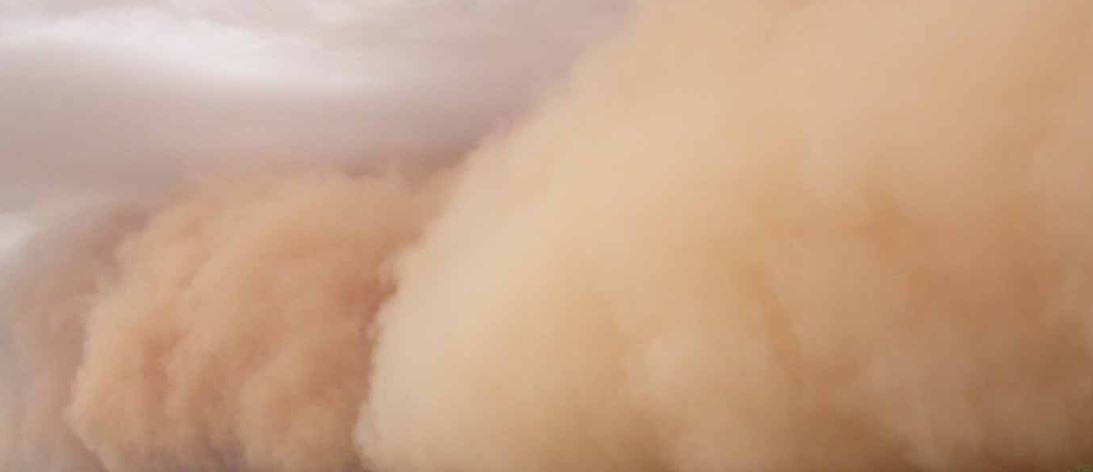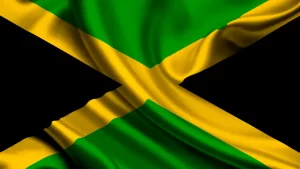Meteorologists are predicting that another wave of Saharan dust may be making its way to the Caribbean come Monday (June 29).
That means we are likely to have a few more days of hazy skies and for those with respiratory illnesses that could mean a few more days stuck inside ( as if COVID-19 wasn’t enough home activity).

Today The Den is helping you to better understand dust storms, with some interesting facts below.
They’re the result of strong winds
Dust plumes result from strong winds and in some instances, they also result from thunderstorms.
The US has them too
While the Middle East and Africa are the most popular places for dust storms to occur, dust storms also happen in the United States; the phenomenon is most common in southwestern states.
They don’t just occur on Earth
Dust storms have been observed on other planets in our solar system. For example, Mars has dust storms. Dust plumes that occur outside of earth are called extraterrestrial dust storms.
Saharan dust may boost plantain production
Dust from the Sahara is full of micronutrients, particularly iron, that plants need. In Hawaii, Saharan dust has been linked to an increase in plantain growth. However, the dust is not good for all crops it can kill some vegetation.
Poor environmental habits make them worse
The most recent dust storm which affected the Caribbean was said to be the worst one in 50 years. Poor environmental practices such as overgrazing and poor dryland management are said to increase the frequency and intensity of dust storms.
The dust storms transport a lot of dust -more than 100,000 trucks of it
Scientists from NASA say that close to 43 million tons of dust- enough to fill 104,908 semi trucks- are transported by the plume. According to scientists, on average, about 44 billion pounds (20 teragrams) of dust are in Earth’s atmosphere at any given time- that’s a lot of dust.
It may help spread disease
As if COVID-19 wasn’t enough, it turns out that the dust plumes don’t just transport dust particles but transport virus particles too. According to scientists, virus spores are blown into the atmosphere by the storms and may help spread diseases.
They may hinder the formation of hurricanes
When dust plumes are present, hurricanes stay away. According to weather scientists, hurricanes need deep tropical moisture to form however the Saharan Air Layer makes the air very dry -and such hurricanes don’t have their necessary fuel.
Can worsen some medical conditions
Saharan dust isn’t good for lung function in individuals with asthma -it makes breathing difficult. Prolonged exposure to the dust from the plumes has been linked to silicosis – if left untreated silicosis can be deadly.







